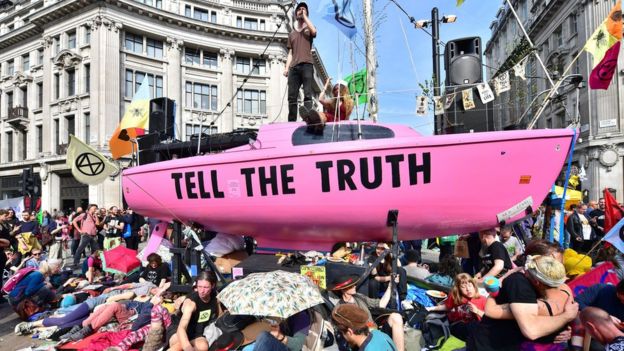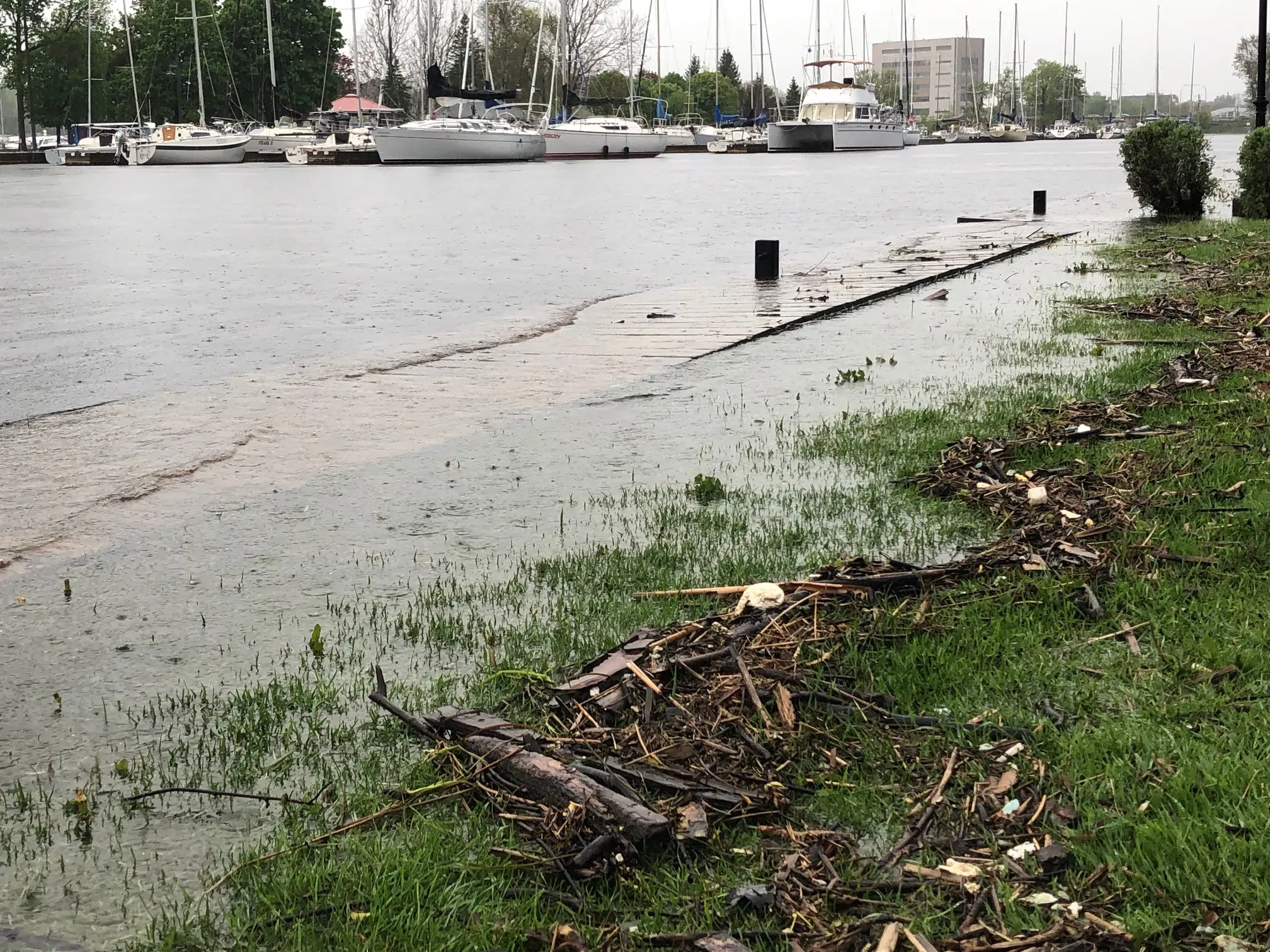Neoliberal sparkle dust and Alice-in-Wonderland thinking is not going to leave humanity with a livable climate.

Climate disruption is an ecological emergency. A report warns B.C. could face many more fires like the devastating Okanagan Mountain Park forest fire in 2003. ((Richard Lam/Canadian Press)
Prince Edward resident Rosalind Adams didn’t pull any punches: “If you ‘green’ Canadians are going to be assholes in the climate crisis, at least tell the truth.”
Adams writes, “According to the Intergovernmental Panel on Climate Change Special Report: Global Warming of 1.5 Degrees C., to prevent climate catastrophe, global CO2 emissions must fall to about 17.6 billion tonnes annually by 2030…The global CO2 emissions must fall to about 17.6 billion tonnes annually by 2030.”
Notice, the Report does not specify what an individual country’s emissions should be. But Canadian political parties and media, hopelessly captives of Big Oil, are suggesting that by reducing Canadian emissions by 50% by 2030, Canada would fulfill its climate responsibility—something the IPCC Report does not suggest.
“Canadians having a carbon footprint of 10 tonnes or 7 tonnes per person by 2030 does not contribute to achieving a global average of 2.1 tonnes per person by 2030. Instead it contributes to a situation where many, many more people than us must have carbon footprints of less than 2.1 tonnes by 2030 to make up for our failure.”
In a Facebook posting, Adam writes, “So what the dominant Canadian story on the IPCC Special Report is basically saying is that it is a matter of internationally agreed upon climate science that Canada, or perhaps more importantly, North America, should maintain the privilege of having emissions levels multiple times higher than almost any other country in the world.” So much for climate justice.”
Neoliberal sparkle dust and Alice-in-Wonderland thinking is not going to leave humanity with a livable climate.

Protests by Extinction Rebellion’s seemingly inexhaustible army of activists made plenty of headlines last week. Getty Images
Extinction Rebellion’s first demand is that Governments must tell the truth—climate disruption is an ecological emergency. Governments must tell the truth and work with other institutions to communicate the urgency for change.
Greta Thunberg says, “I support Extinction Rebellion. What they are doing is good. Civil disobedience is important to show this is an emergency. We need to do everything we can to put pressure on the people in power.”
So what does climate science tell us?
Adam Sacks explains, “Because of the vast inertial mass of oceans’ ability to absorb temperature and carbon dioxide, there is roughly a 30-year time lag between greenhouse-gas emissions and their effects. The result of atmospheric concentrations of carbon dioxide we see today, in the range of only 330 parts per million (ppm), are not the result of today’s concentrations of almost 390 ppm. In 2018, carbon dioxide levels reached 411 ppm at Hawaii’s Mauna Loa Atmospheric Baseline Observatory, the highest monthly average ever recorded. We don’t know with any accuracy what this means for future climate disruption.
The second out-of-control component is positive (amplifying) feedback loops. Feedback loops are self-sustaining, amplifying cycles. For example, global warming leads to melting glaciers which eventually increase ocean saturation with carbon dioxide which leads to atmospheric carbon dioxide. We don’t know with accuracy when a feedback loop is triggered or how to reverse them.
The radical destabilization of life on earth, today’s floods, extreme weather swings, forest fires, typhoons and storm surges are symptoms , the result of 300 years of our relentlessly exploitative, extractive, and exponentially growing technoculture, against the background of ten millennia of hierarchical and colonial civilizations.
Another truth: You can’t bargain with the forces of nature.
To believe that our political parties will meet the level of emissions reductions that the IPCC claim are necessary, demands a level of faith way beyond belief in talking snakes and virgin birth. Better to give up dangerous magical thinking. That’s how we got here. Better to accept that the war against the environment is over. We lost.
So what are we left with? Protecting as best we can our children’s and grandchildren’s future.



 Debris comes up on the property at 10 S Front St, as water comes up over the boardwalk (Photo: John Spitters / Quinte News)
Debris comes up on the property at 10 S Front St, as water comes up over the boardwalk (Photo: John Spitters / Quinte News)